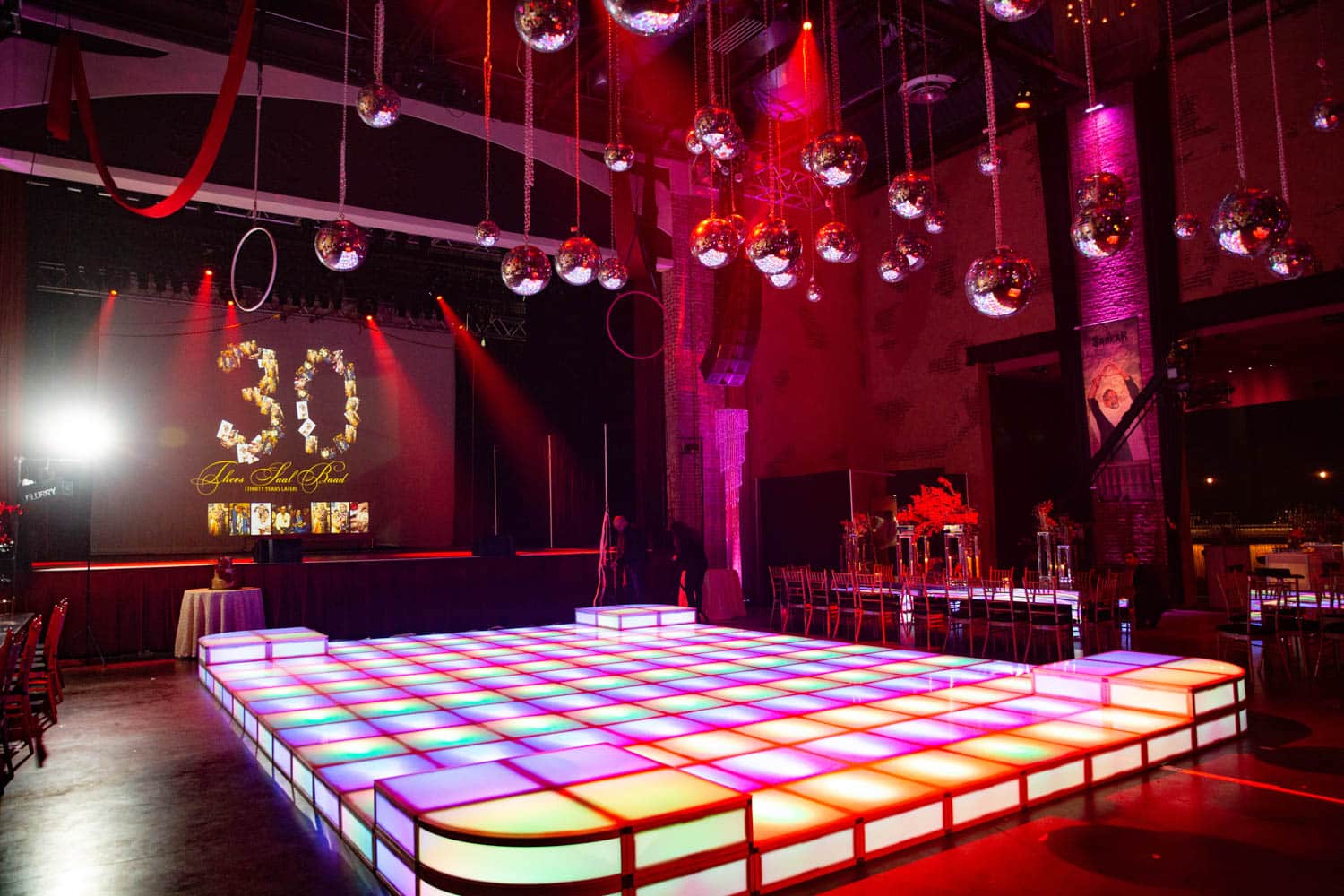Mastering the Art of Real-time Productions by Efficiently Navigating Technical Obstacles
Mastering the Art of Real-time Productions by Efficiently Navigating Technical Obstacles
Blog Article
Live productions, including concerts, theater shows, and business gatherings, require careful organization and execution. One of the most crucial elements of a successful live production is effectively managing technological challenges. These challenges can encompass difficulties with audio, lighting, and video gear. Comprehending how to tackle these issues is essential for guaranteeing that the event runs smoothly and that the audience has a favorable encounter.
Sound is a critical component of any live event. Subpar sound clarity can ruin a show, rendering it challenging for the spectators to hear the performers or grasp the content being conveyed. To avoid sound issues, it is important to conduct comprehensive audio tests before the performance begins. This includes checking mics, sound systems, and other audio equipment to confirm everything is operational properly. Additionally, having a skilled sound technician on hand can help resolve any problems that arise during the performance.
Illumination is another essential element in live productions. Appropriate lighting improves the aesthetic experience and sets the atmosphere for the production. However, technical issues with lighting equipment can result in unexpected changes in the environment. To prevent these problems, it is crucial to have a find this well-planned illumination setup that considers the location's layout and the type of show. Routine maintenance of illumination equipment and having backup systems in place can also assist mitigate potential problems.
Visual production is increasingly crucial in live productions, especially with the growth of streaming platforms. High-quality video can captivate the audience and provide a more engaging encounter. However, technical challenges such as filming malfunctions or connectivity problems can disrupt the flow of the event. To tackle these issues, it is essential to have a dedicated visual crew that is skilled in managing live broadcasts and capturing. Testing all visual equipment before the performance and having spare cameras can also help guarantee a smooth event.
In conclusion, mastering the art of live events involves effectively managing various technological challenges. By concentrating on audio, lighting, and visual, event organizers can produce a successful and pleasurable experience for the spectators. Preparation, skilled engineers, and backup strategies are vital elements in addressing possible issues. With meticulous attention to these aspects, live productions can be carried out flawlessly, creating a memorable impression on all who participate.